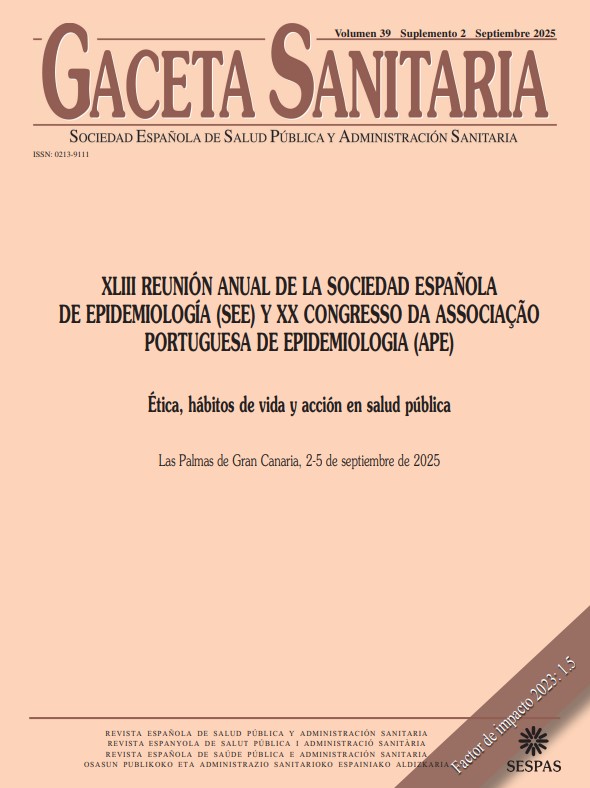283 - SPATIOTEMPORAL TRENDS IN DEMENTIA HOSPITALISATION AND MORTALITY RATES BETWEEN 2010-2019: THE PORTUGUESE CASE
NOVA National School of Public Health, Public Health Research Centre, Comprehensive Health Research Center, CHRC, REAL, CCAL, NOVA University Lisbon; Department of Epidemiology, National Institute of Health Doctor Ricardo Jorge.
Background/Objectives: Dementia affects over 55 million people worldwide and is a leading cause of death and disability, with cases expected to rise due to ageing. In Portugal, dementia prevalence is projected to reach 2.5% by 2040. Dementia increases hospitalisation risk, being the most common neurodegenerative disease-related hospitalisation in Portugal (43.4%). Despite previous studies, there is a lack of detailed spatial analysis on dementia trends in Portugal. Thus, we aimed to analyse spatiotemporal trends of dementia at the municipal level, focusing on hospitalisation and mortality.
Methods: This ecological study analysed dementia hospitalisation and mortality rates in Portugal from 2010 to 2019 among individuals aged 55 and older. Hospitalisation data was retrieved from the Portuguese public hospitals administrative data (Base de Dados de Morbilidade Hospitalar) (2010–2018). Statistics Portugal provided mortality. Dementia cases were identified using ICD-9 and ICD-10. Crude rates were obtained using population data from Statistics Portugal, overall and stratified by region, municipality and year and then standardised by age and sex. We used a spatiotemporal clustering analysis with SaTScan to identify high-risk mortality and hospitalisation municipalities.
Results: We ascertained 271,197 episodes of dementia-related hospitalisation between 2010 and 2018. The highest dementia-related hospitalisation rate per 10,000 habitants was observed in 2016 in Vila de Rei [297.48, 95% confidence interval (95%CI): 222.17;390.11]. When standardised by age and sex, Mesão Frio presented the highest rate 217.2 (95%CI: 145.9;314.2) in the same year. Four spatiotemporal clusters were found, where the number of dementia-related hospitalisations were significatively higher than expected. The clusters were mainly in the North, all between 2014 and 2016. Mortality wise, there was 52,267 dementia-related deaths between 2010 and 2019. At the municipality level, the highest mortality rate was in 2015 in Monforte, both crude [553.30 (95%CI: 429.7;701.4) per 10,000] and standardised [581.4 (95%CI: 443.2;752.3)]. We identified seven spatiotemporal clusters, mainly in the North and Azores, between 2015 and 2019.
Conclusions/Recommendations: We identified geographic disparities in hospitalisation and mortality rates, with high-risk clusters found mainly in the North. The presence of multiple high-risk clusters suggests underlying local factors influencing dementia-related outcomes, emphasising the importance of resource allocation to mitigate dementia’s impact in high-risk municipalities.















